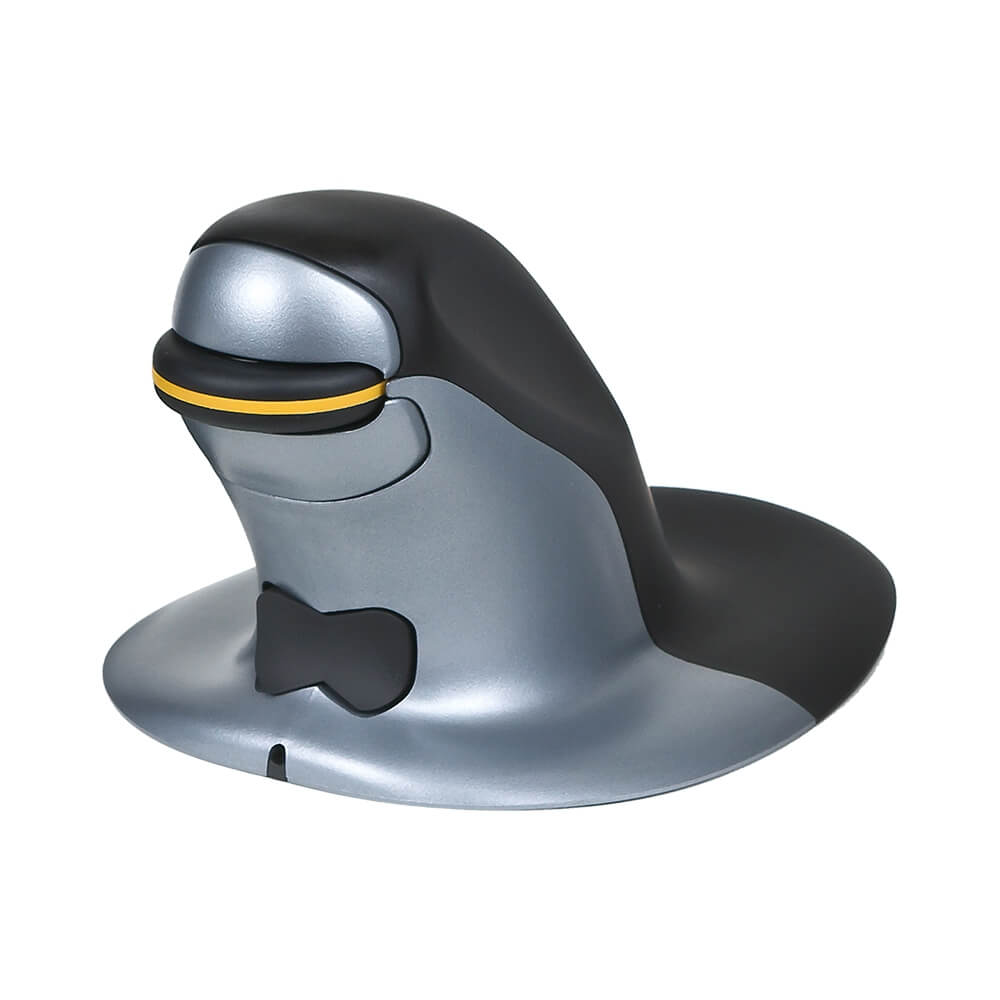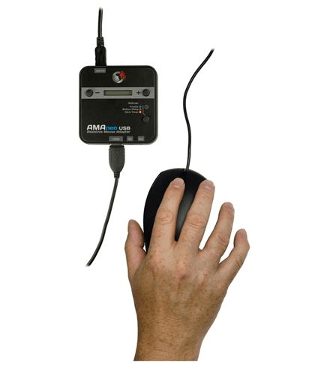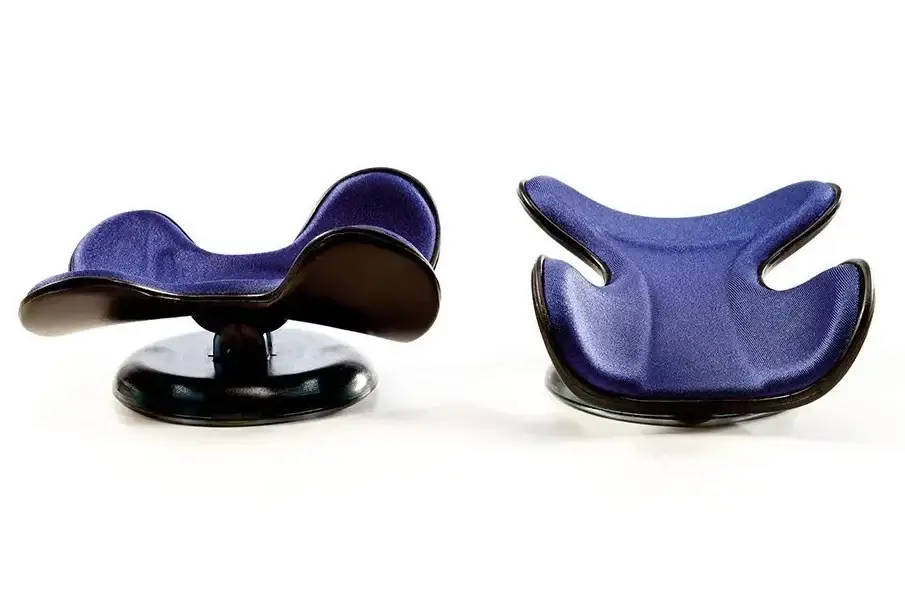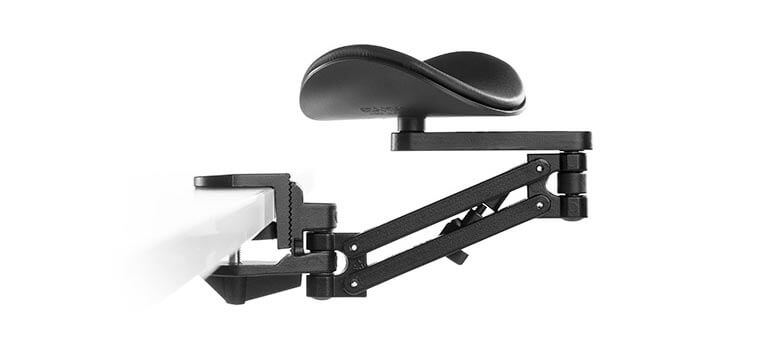Parkinson.org describes how the disease progresses so we can start to consider I.T. requirements
Parkinson’s affects everyone differently. The symptoms someone might have and how quickly the condition develops will differ from one person to the next. For many people, the condition can take years to progress to a point where it has a real impact on daily life. So having a plan on maintaining IT independence and enabling continual connectivity can seriously help people stay connected and support the mental health of a person with Parkinson’s disease.
This condition means that a person’s ability to use I.T and the need for different approaches through time will change. This is exactly the issue that my family experienced when my father-in-law struggled to use his computer. This blog shows our story and our journey to using IT with Parkinson’s.
How do symptoms progress and how does this impact the persons ability to use IT?
The most common symptoms of Parkinson’s are tremors, rigidity (stiffness) and slowness of movement.
An I.T Perspective: In the early phases the use of a normal keyboard and mouse can still be possible and the best option for operating your computer. But as the condition progresses and if the tremors or involuntary movement increases, a high level of frustration can pursue due to wrong keyboard strokes or being unable to align the mouse with part of the screen you are targeting.
Operating systems now have a lot of accessibility features ranging from mouse pointer size to the speed and responsiveness of the mouse movement. These features can seriously improve a person’s ability without additional cost.
Top 10 Windows accessibility Features
Options and setup for accessibility for MAC OS
Some of the more common settings for Windows and MAC that can support people with Parkinson’s
Features for keyboards such as
- Sticky Keys that allow you to press one key at a time for shortcuts where pressing multiple keys at once is difficult or not possible due to dexterity issues.
- Filter keys that ignore or slow down brief or repeated keystrokes and slow down the keyboard repeat rate.
Features for Mice such as
- Pointer size – we all lose the mouse pointer occasionally, now you can permanently increase the size of the pointer.
- Pointer color make the pointer higher visibility.
- Mouse cursor speed and responsiveness, this can help give more control over the mouse.
Not everyone with Parkinson’s experiences the same combination of symptoms – they vary from person to person.
Also, how Parkinson’s affects someone can change from day to day, and even from hour to hour. Symptoms that may be noticeable one day may not be a problem the next.
As conditions progress the adaptability or granularity of the built in controls can become less effective and of course it doesn’t deal with a person’s physical requirements. This is when assistive technology comes in.
To discuss with us the suitable options for you, please contact us or see our ‘Building a Solution for You’ page.



Assistive Technology
What Device should we use?
This is always going to be a personal choice. A device should be expected to last for a minimum of 3 years. So, depending on where you are in the lifecycle of Parkinson’s disease or how quickly the condition is progressing, this will affect your choice. Of course, what you are going to use the device for is also important.
So, it is essential to consider how important the mobility of the device is. My father-in-law, for instance, loved the idea of a laptop to enable usage in different parts of the house. But he sat in his favourite chair to use the computer. This wasn’t a problem as we could give him a different mouse and keyboard as his condition progressed, but it limited the screen size and after a short time was not so useful.
Keyboards
Selecting the right keyboard is always going to be a personal choice but a separate keyboard certainly gives you a lot of options. From standard full size keyboards, ergonomic 3D keyboards through to High Visibility, large keys.

To protect against tremors and accidental adjacent key presses there are special key guards available. This added to the accessibility capabilities built into the modern operating systems can certainly maintain IT accessibility for people with Parkinson’s.

This is one area that laptops can fall short on as the keyboards on laptops are designed for compactness and lightness in most conditions and this can all go against effective use with somebody that has a condition such as Parkinson’s. Minimal travel keys of laptops also don’t have the tactile features or feedback of a full keyboard which helps with feel and control.
Mice and pointing devices
Mice or a pointing device is an area that we focussed a lot on, and the requirement changed for my father-in-law over the years. As mentioned, a normal mouse was fine, but as control of the hands became more difficult so did using a standard mouse. We finally ended up with a big trackball mouse, but in retrospect had we known some of the following this may have been more appropriate.
However, the advantage of the Kensington Expert Mouse Trackball was that arm movement was reduced, and the level of configurability for the buttons and the mouse control really helped.
Vertical mice such as the penguin can allow a more natural grip similar to a joystick and this can help put the wrist and hand in a more comfortable position.
Penguin Vertical Mouse

For people who want a more relaxed position there are some ergonomic mice that provide a Lot more hand support such as the Hand shoe mouse or the Aerobic 2 mouse
Tremor or involuntary movement control
The one challenge that all of these mice and trackballs can suffer from is if you have a sudden tremor or you suffer from continual tremors. Using the mouse and keeping it on track can be both difficult and incredibly frustrating. As with all technology wonders there are ways to filter this out electronically. One such device is the AMAneo Assistive Tremor Mouse Adapter. This device can be setup to filter out the sudden tremors of the person and can be altered daily given the symptoms on the day. This can help remove frustration and allow someone to continue using mice to a certain extent as normal.

Posture and support
All of this technology is great, but if you don’t have the right support or its not comfortable it is nearly useless. Support the arm during use of keyboards and mice can really help and in some instances also compensate for some of the physical elements just through proper support and being in a more relaxed position. This is where items designed for Repetitive stress injury comes in, or at least this is where we started to find elements.


Both above solutions enable motion but provide good support for the forearm and wrist. but of course not forgetting simple Gel wrist rests for keyboards or mice.
I find the Gel ones are better as they remain cool when in use compared to some of the cheaper rubber based.
See also our Assistive Software section to get more info if Text to Speech software, such as Read&Write could help reduce fatigue, if the tiredness experienced through having Parkinson’s is affecting your ability to use IT comfortably.
Likewise, Assistive Software, such as Nuance Dragon, could help productivity by completing tasks such as launch applications, select menu items, press keys, switch between windows, search the Web, create, and send emails and more all by voice, if you wish.


